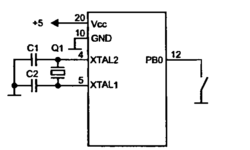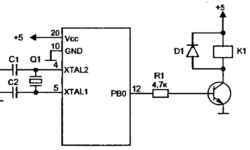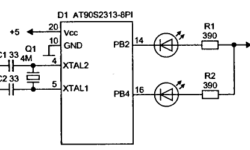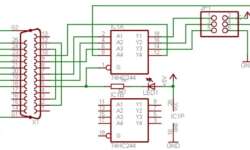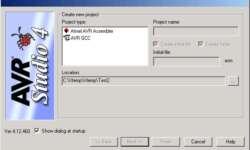TWI (I2C) interface on AVR

Two-wire serial interfaces are included in the following AVR microcontroller families: ATmega8x, ATmega16x, ATmega163x, ATmega32x, ATmega323x, ATmega64x, and ATmega128x. TWI interface is a “Philips” standard I2C. Using the TWI interface, you can connect up to 128 devices using only two wires: clock (SCL) and data (SDA). Only two pull-up resistors on each line are needed for this interface to work properly. The I2C interface circuit is an open collector. This means if one of all devices has a low-level signal on a line, then it is ‘0’, and if all devices have a high impedance state, then the signal is considered to be great ‘1’—more details about TWI interface you can find on any ATmega datasheet. One of my examples Interfacing AD7416 digital temperature sensor you can find here: Analog Devices Digital temperature sensor AD7416






